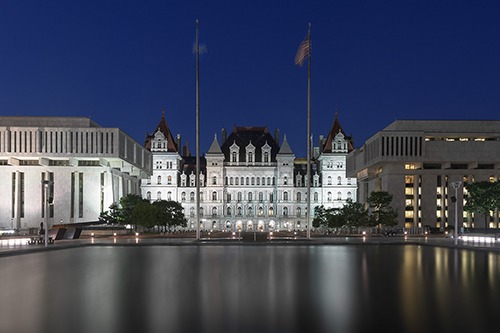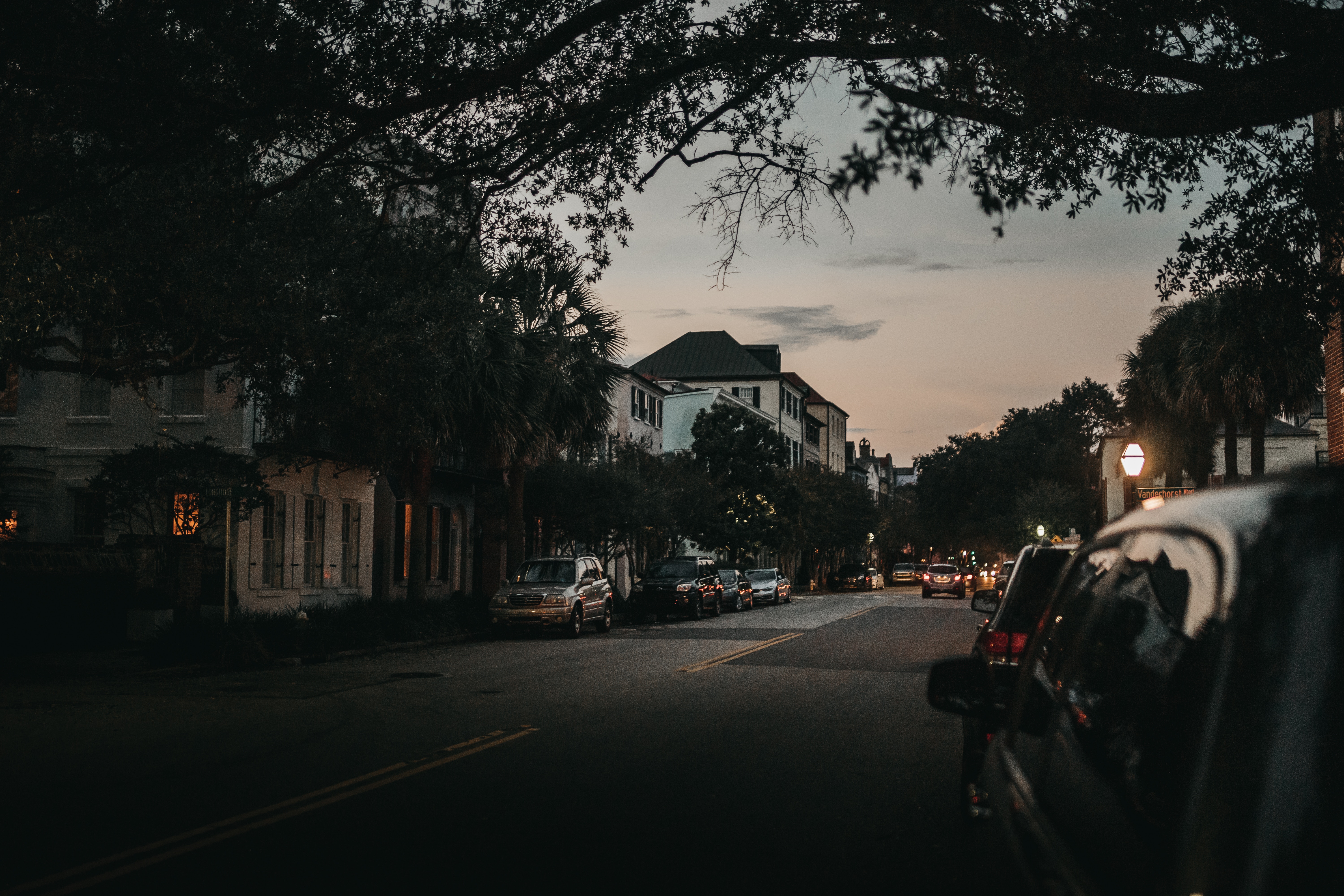 | As Albany Debates a Permanent Property Tax Cap, How Is the Cap Affecting School Budgets? Since the tax cap was enacted in 2012, school property tax increases have steeply declined across the state, while the rate of school budget approval has increased. | |
 | By the Numbers: Regional School Property Tax Growth under the Tax Cap School property tax rates have been dramatically cut in every region since the tax cap was put into effect. Using conservative estimates, homeowners have saved at least $16.7 billion on school taxes as a result. | |
 | The Effect of the Property Tax Cap on Local Governments Every level of local government has seen significant reductions in annual property tax increases under the cap, resulting in more than $25.6 billion in savings on local taxes (local government and schools). |